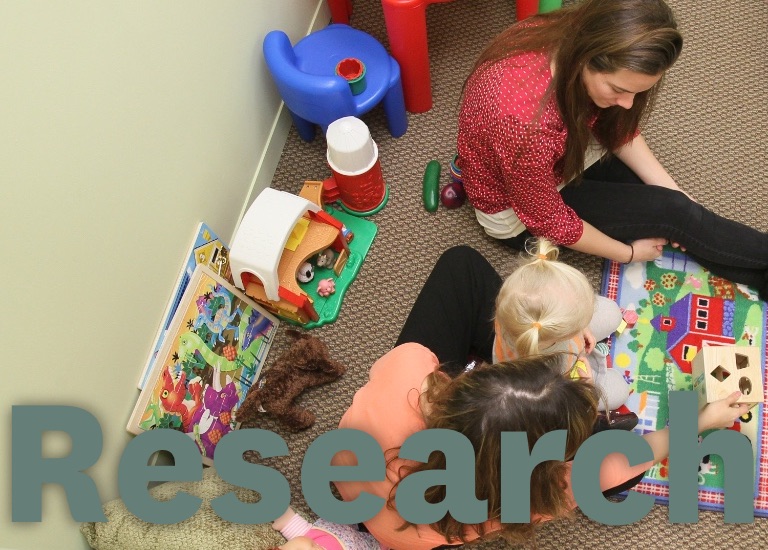Effects of Global Brain Health on Sensorimotor Recovery After Stroke
Principal Investigator: Sook-Lei Liew PhD, OTR/L, FAOTA
Co-Investigators: Arthur Toga PhD; James Cole PhD; Steven Cramer MD; Neda Jahanshad PhD; Hosung Kim PhD; Farshid Sepehrband PhD; Paul Thompson PhD
Data Centers: Nerses Sanossian MD and Carolee Winstein PhD (USC); Michael Borich PhD, PT and Steve Wolf PhD (Emory University); Heidi Schambra MD (New York University); Kathryn Hayward PhD PT and Vincent Thijs MD, PhD (University of Melbourne)
Period
Apr 2020 – Mar 2025
Total funding
$3,094,939
The neurobiology of post-stroke sensorimotor recovery is not fully understood. Current research on stroke recovery focuses on two spatial levels of brain injury: the focal level (i.e., the lesion and brain structures directly affected by the stroke, such as the corticospinal tract) and the network level (i.e., brain structures distant from the lesion but affected via diaschisis). This proposal argues that a third level should be considered: global brain health (GBH), which is defined as the cellular, structural, and vascular integrity of the whole brain. Although GBH has recently been recognized as a crucial predictor of outcomes in conditions such as Alzheimer’s disease and traumatic brain injury, its role in stroke recovery is not well understood.
Similarly, although focal and network effects of stroke injury have been well-studied, little is known about how stroke exerts global influences across the whole brain. The key scientific premise of this research is that (a) GBH modulates the overall neuroplastic resources that promote stroke recovery and (b) acute stroke injury causes global changes in brain health. The central hypothesis is that poor GBH is related to poor stroke outcomes, and conversely, that severe acute stroke injury is related to worsening of GBH. The rationale underlying the proposed research is that establishing GBH as a meaningful contributor to stroke recovery may stimulate new avenues of research and novel targets for therapeutic development. GBH will be estimated as indexed by four brain imaging measures linked to brain health (predicted brain age reflecting structural atrophy, severity of deep white matter hyperintensities, periventricular hyperintensities, and perivascular spaces).
- Aim 1 will utilize a large, retrospective stroke neuroimaging and behavioral database from the ENIGMA Stroke Recovery working group (N=627) to characterize the relationship between GBH and stroke outcomes in a cross-sectional chronic stroke population.
- Aim 2 will use a prospective, multi-site, longitudinal data collection (N=144) in individuals within three weeks and at three months after stroke to study how initial GBH relates to post-stroke brain repair and sensorimotor recovery.
- Aim 3 will use the same prospective dataset (N=144) to examine how the severity of acute stroke relates to longitudinal changes in GBH between 3 weeks and 3 months.
With respect to key findings, we expect to show that GBH is related to sensorimotor outcomes and predicts the extent of early stroke recovery, and that GBH evolves in this context. The proposed work is innovative because it opens an entirely new framework in which to consider sensorimotor recovery after stroke. The results are expected to have an impact because they will advance our understanding of global influences on stroke recovery, and they will implicate GBH as a novel therapeutic target for potentiating recovery after stroke.
Project Narrative
This research is relevant to public health because it will uncover new neurobiological influences on how people regain motor and sensory function after a stroke. Specifically, this study will examine the role of global brain health measures, which represent deterioration of systems across the whole brain, in stroke recovery by analyzing both: (a) a large existing database of neuroimaging and behavioral data on stroke patients and (b) new data that will be collected in the first 3 months following stroke, when the majority of stroke recovery is thought to occur. The project is relevant to the NIH’s mission because it will create important new knowledge on the relationships of global brain health to post-stroke brain injury, brain repair, and sensorimotor recovery, which can be used to identify novel therapeutic targets to improve stroke recovery.
Funding
| Type | Source | Number | Amount | Period |
|---|---|---|---|---|
| Federal | NIH | National Institute of Neurological Disorders and Stroke (NINDS) | 1 R01 NS115845-01 | $3,094,939 | Apr 2020 – Mar 2025 |





